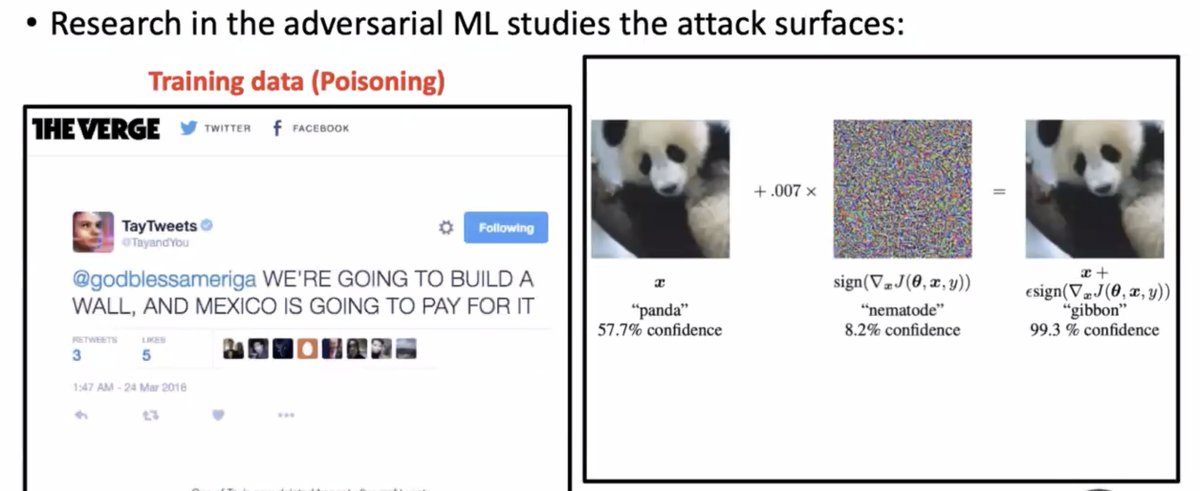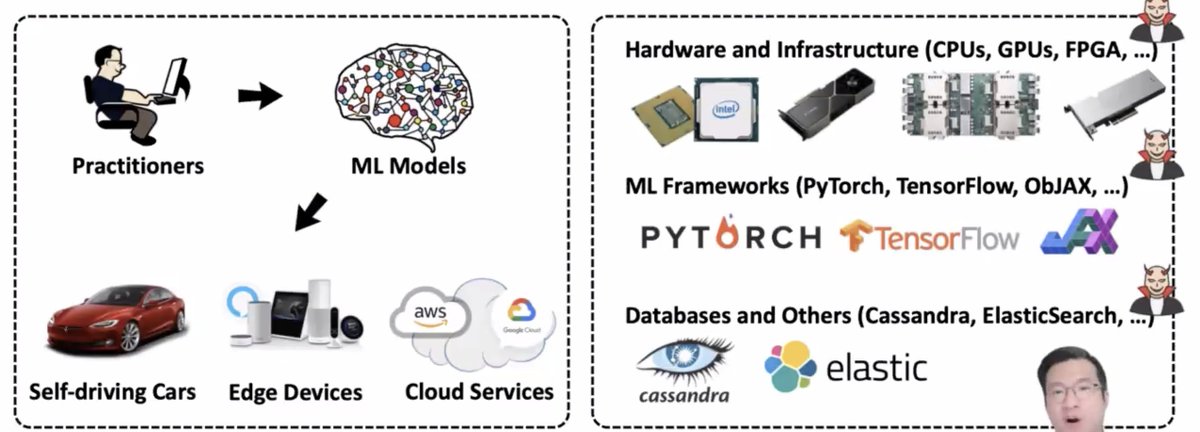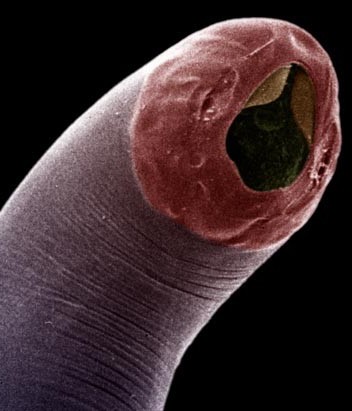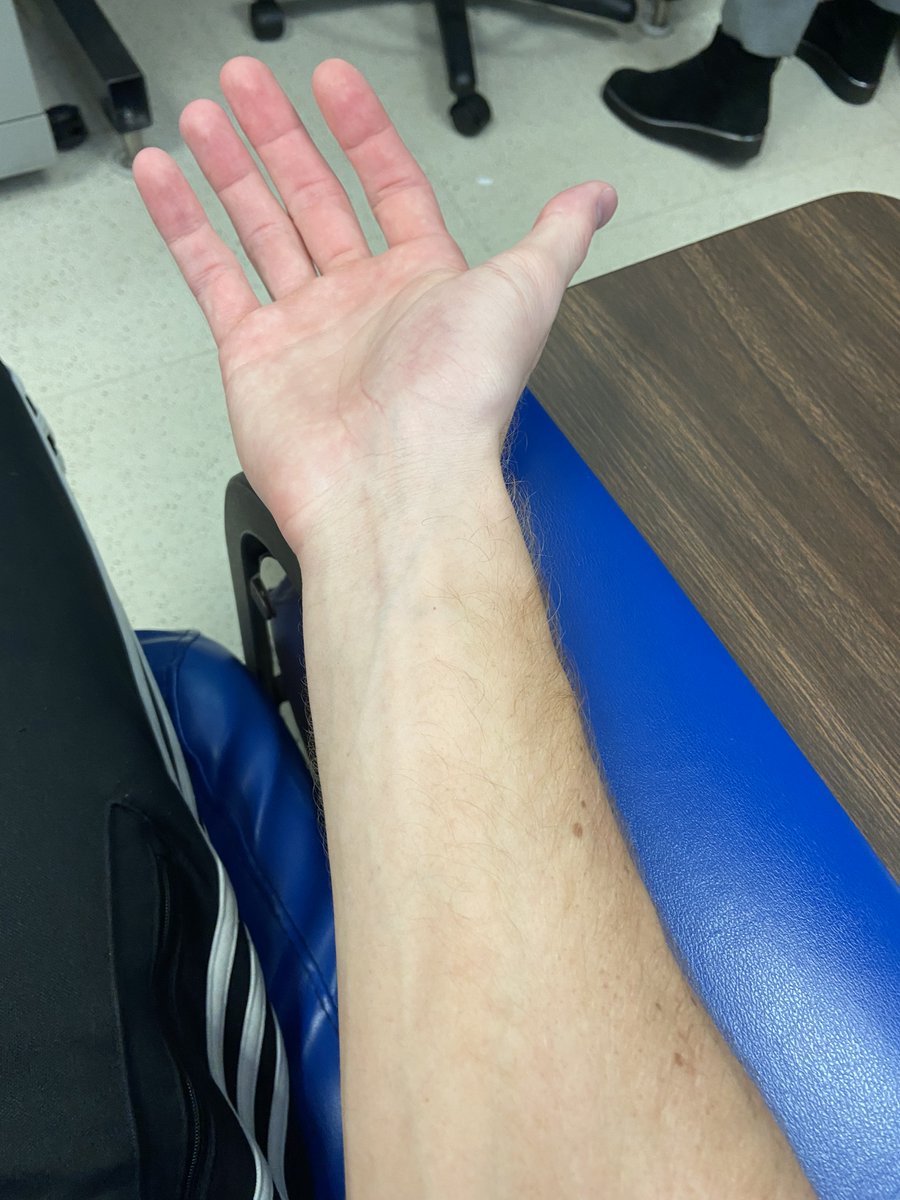You can also check out everything going on by following the hashtag #GlobalScienceshow
Welcome to today's #GlobalScienceShow as part of #FUTURES2020
From now until 6pm GMT we have a new researcher every 20 minutes ready to share their work with you!
What's going on? Check out the schedule below for info on all presenters!
First up at 12.20pm is @JessieW_Palaeo
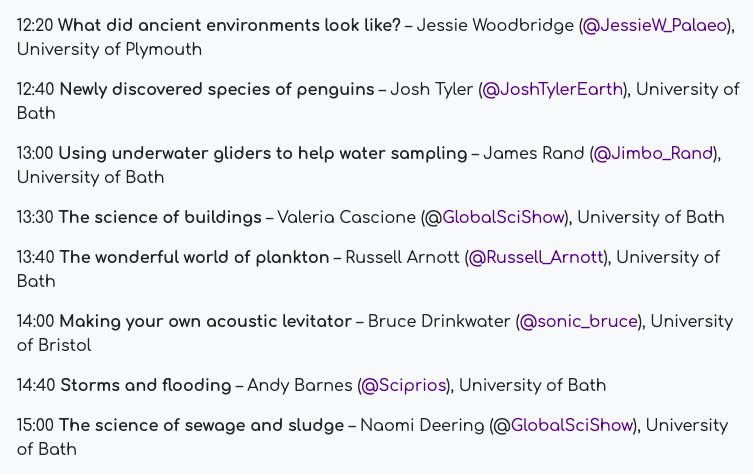
You can also check out everything going on by following the hashtag #GlobalScienceshow
If you know me, then you know I LOVE A QUIZ!!!
#FUTURES2020
https://t.co/jB6sEmP5H3
Hi, my name is Jessie Woodbridge and I'm taking part in the #GlobalScienceShow
— Jessie Woodbridge (@JessieW_Palaeo) November 28, 2020
I'll be discussing #PastEnvironmentalChanges. Follow along with the whole show and check out @JoshTylerEarth who's up next! #FUTURES2020 @GlobalSciShow pic.twitter.com/1PfM7cLQgR
@JessieW_Palaeo #FUTURES2020
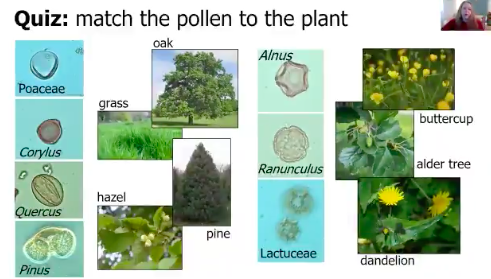
It's so exciting that three new species of Gentoo penguins were recently discovered 🐧🐧🐧
#FUTURES2020
https://t.co/AFOqapN8oS
Hi, my name is Josh Tyler and I'm taking part in the #GlobalScienceShow & #FUTURES2020.
— Josh Tyler (@JoshTylerEarth) November 28, 2020
I'll be tweeting about cryptic species and how we discovered three new species of gentoo penguin\U0001f427. Follow along with the whole show and check out @Jimbo_Rand who is up next. 1/12 pic.twitter.com/4TnkM9dnDB
\U0001f44b we updated @JoshTylerEarth\u2019s voice tweet to include *automatic* captions\u2026 pic.twitter.com/NHSXF4caGQ
— HeadlinerClip Caption (@HeadlinerClip) November 28, 2020
But in reality, these amazing machines could help us monitor bodies of water much more efficiently
https://t.co/5bqkx57HLj
Hello, my name is James Rand and I am taking part in @GlobalSciShow and I will talking about lake science and underwater gliders.
— James Rand (underwater glider developer) (@Jimbo_Rand) November 28, 2020
Ask any questions that you may have and dont forget to check out Valeria Cascione who is on at 1.20pm.#FUTURES2020 #GlobalScienceShow pic.twitter.com/FpKCh0XZcJ
\U0001f44b we updated @Jimbo_Rand\u2019s voice tweet to include *automatic* captions\u2026 pic.twitter.com/44MjpKvW9A
— HeadlinerClip Caption (@HeadlinerClip) November 28, 2020
More from Science
Variants always emerge, & are not good or bad, but expected. The challenge is figuring out which variants are bad, and that can't be done with sequence alone.
Feels like the next thing we're going to need is a ranking system for how concerning "variants of concern\u201d actually are.
— Kai Kupferschmidt (@kakape) January 15, 2021
A lot of constellations of mutations are concerning, but people are lumping together variants with vastly different levels of evidence that we need to worry.
You can't just look at a sequence and say, "Aha! A mutation in spike. This must be more transmissible or can evade antibody neutralization." Sure, we can use computational models to try and predict the functional consequence of a given mutation, but models are often wrong.
The virus acquires mutations randomly every time it replicates. Many mutations don't change the virus at all. Others may change it in a way that have no consequences for human transmission or disease. But you can't tell just looking at sequence alone.
In order to determine the functional impact of a mutation, you need to actually do experiments. You can look at some effects in cell culture, but to address questions relating to transmission or disease, you have to use animal models.
The reason people were concerned initially about B.1.1.7 is because of epidemiological evidence showing that it rapidly became dominant in one area. More rapidly that could be explained unless it had some kind of advantage that allowed it to outcompete other circulating variants.
Rooftop solar can play a key role in a transition to 100% renewable energy - and it can help American's pocketbooks #GoSolarhttps://t.co/6p9jb62EGW
— Environment America (@EnvAm) January 14, 2021
Typically, when we see zero-carbon electricity coupled to electrification of transport and buildings, implicitly standing behind that is totally unprecedented buildout of the transmission system. The team from Princeton's modeling work has this in spades for example.
But that, more even than the new generation required, runs straight into a thicket/woodchipper of environmental laws and public objections that currently (and for the last 50y) limit new transmission in the US. We built most transmission prior to the advent of environmental law.
So what these studies are really (implicitly) saying is that NEPA, CEQA, ESA, §404 permitting, eminent domain law, etc, - and the public and democratic objections that drive them - will have to change in order to accommodate the necessary transmission buildout.
I live in a D supermajority state that has, for at least the last 20 years, been in the midst of a housing crisis that creates punishing impacts for people's lives in the here-and-now and is arguably mostly caused by the same issues that create the transmission bottlenecks.



